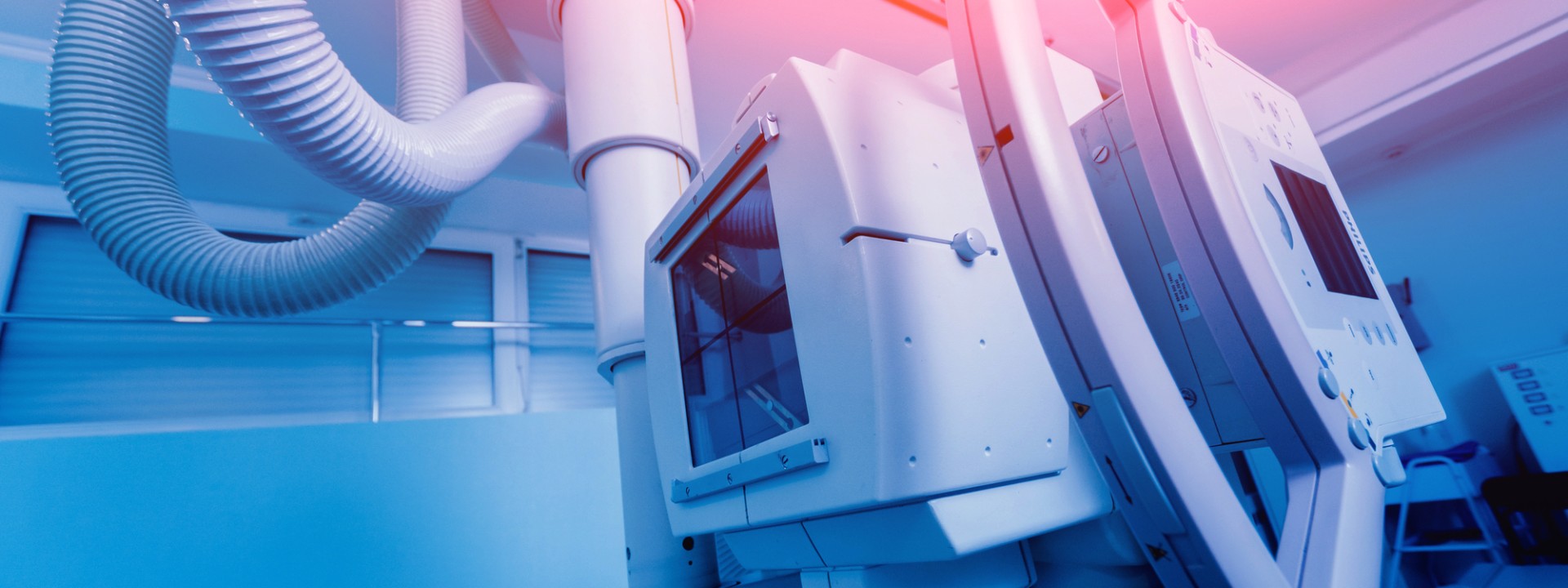The IVDR 2017/746 places stricter requirements on
• documentation,
• clinical evidence,
• the Notified Body (NB) and surveillance by the NB.
Furthermore, the IVDR requires
• a Unique Device Identification Number (UID) for each medical device,
• an entry in EUDAMED,
• the appointment of a person responsible for regulatory compliance.
A successful transition to compliance with the IVDR requirements therefore requires manufacturers to deliver reliable documentation, high performance, safety standards, and effective risk management, as well as comprehensively and continuously assess their products before, during, and after the market launch.
We support manufacturers with the transition to the IVDR by providing services such as auditing of QM systems, testing in vitro diagnostic medical devices, and reviewing technical documentation. We keep you informed about certification-related issues with connection to transition periods, and together, we plan a suitable plan for you to access the European market with your in vitro diagnostic medical devices.


